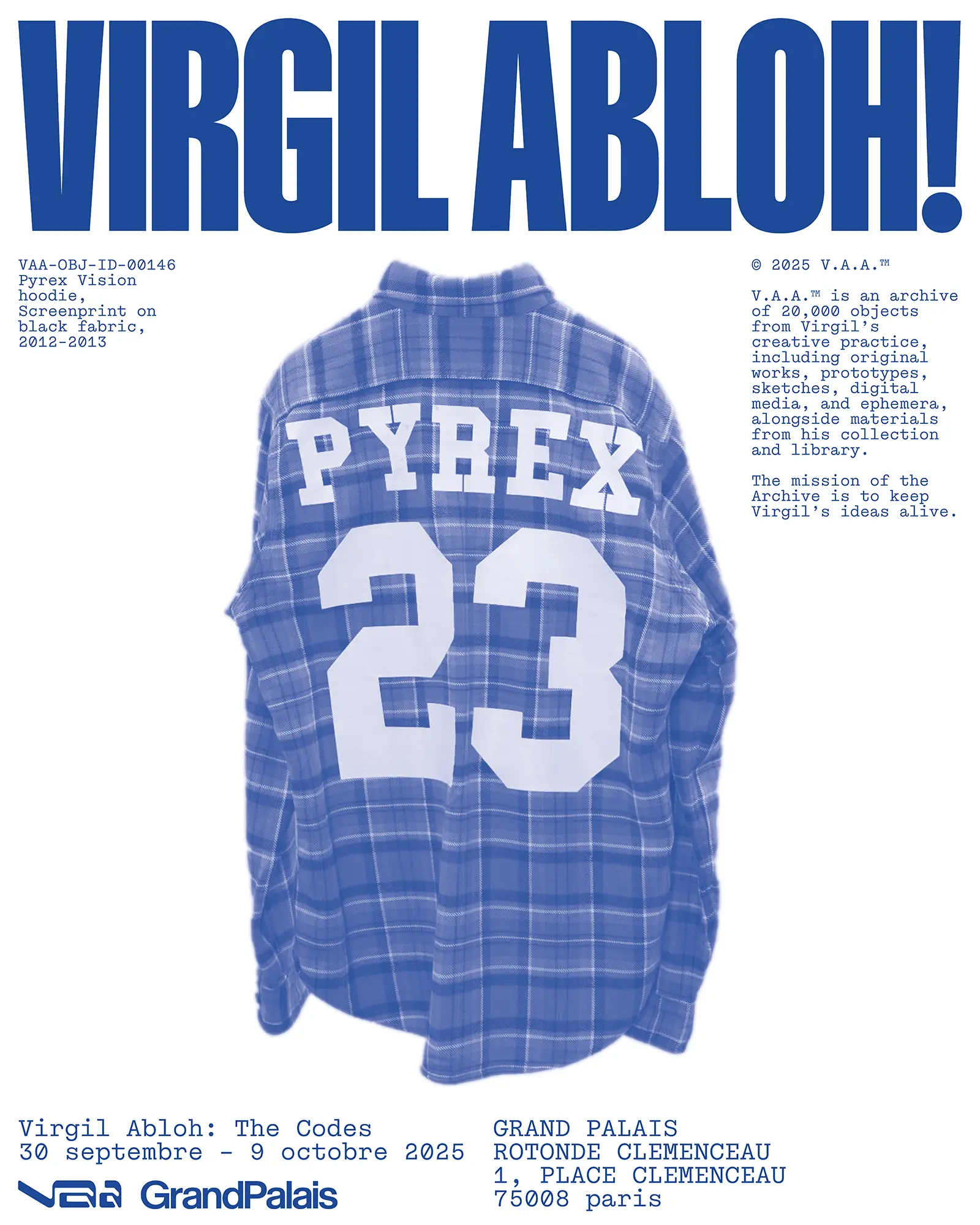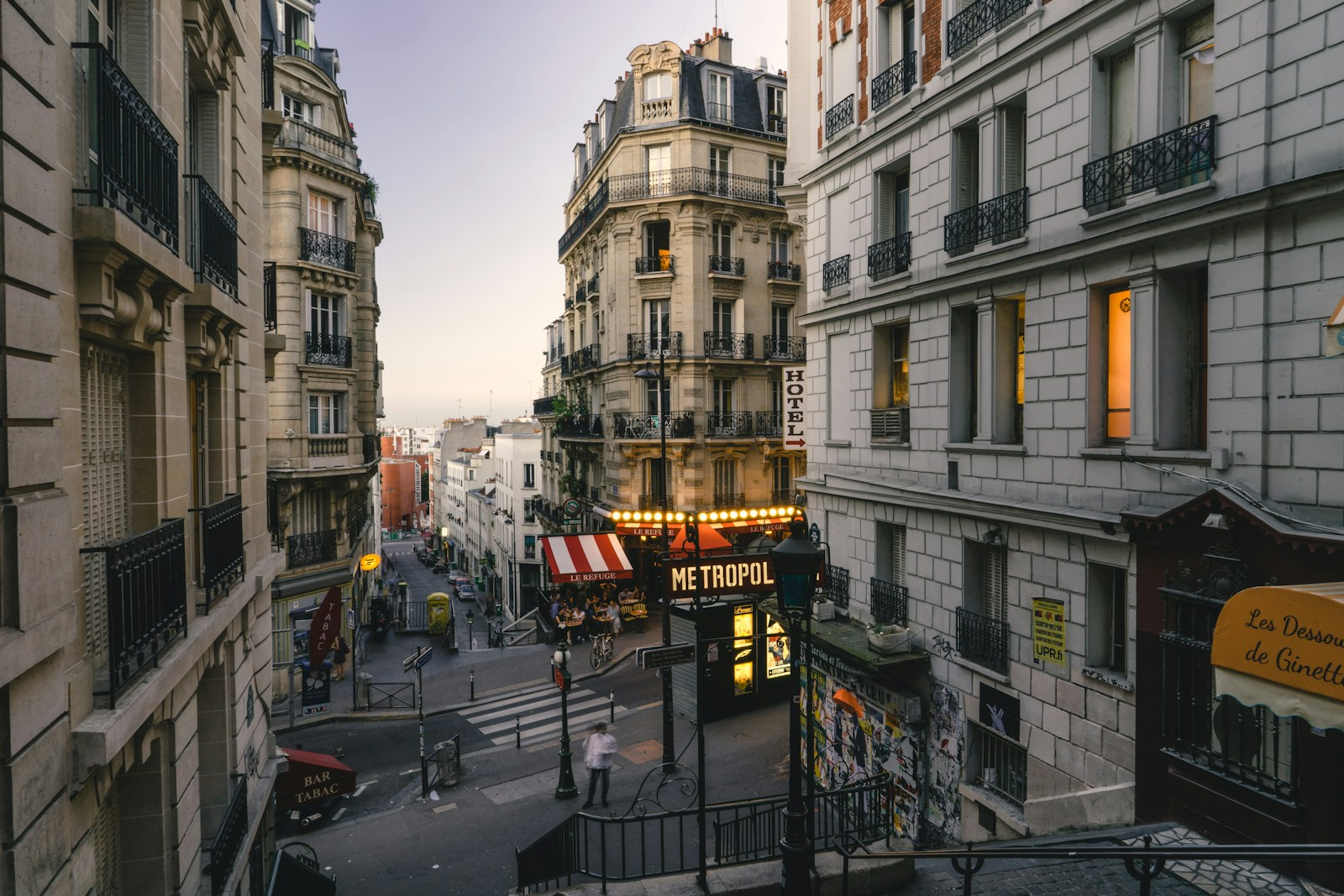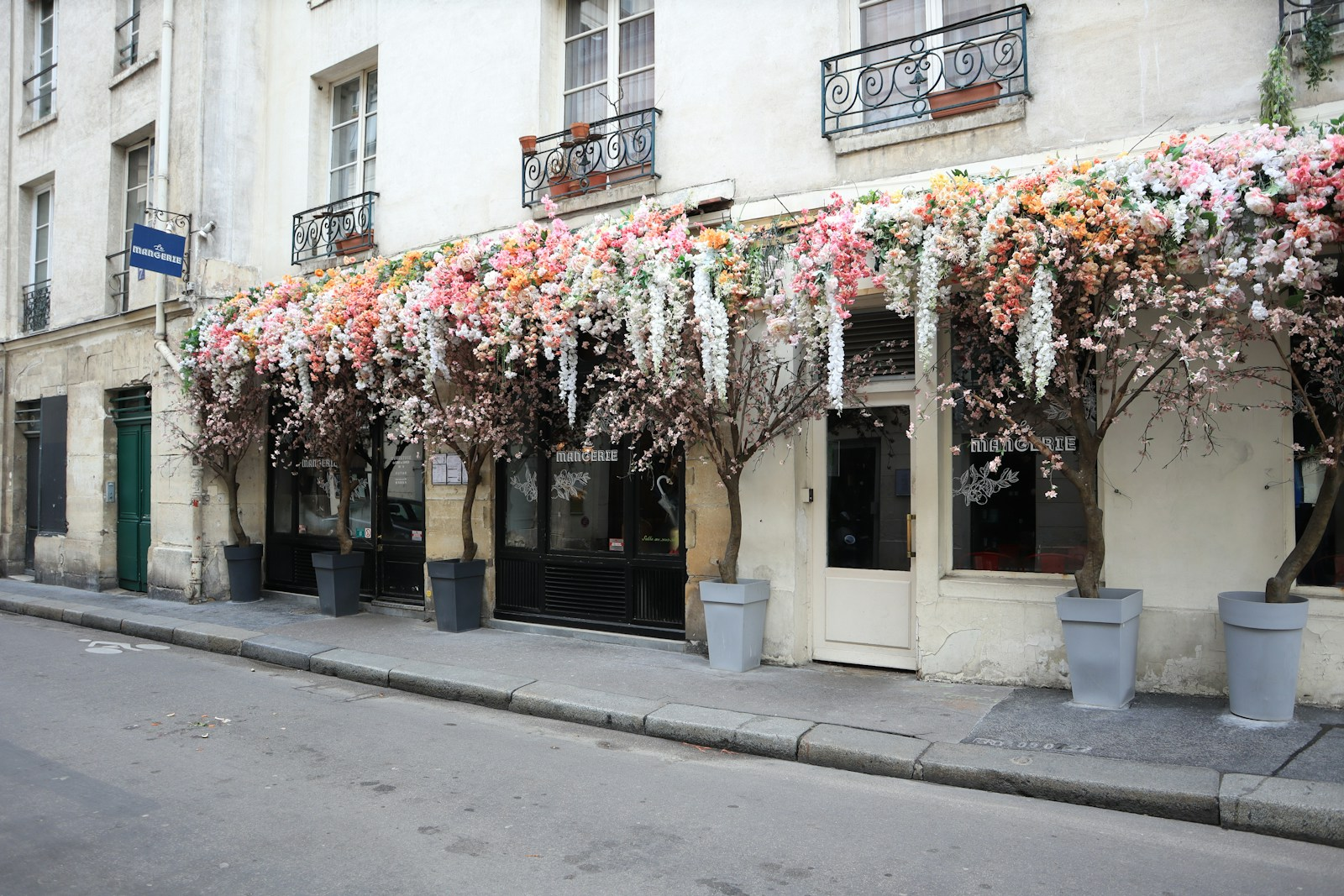Virgil Abloh’s The Codes archive and legacy were never just about the objects he created—though there were plenty of those. It was about the ideas that connected people, the conversations that sparked movements, and the way he made high fashion speak the language of the street. His influence reverberates through contemporary culture like a frequency you can feel even if you weren’t there to hear it firsthand.

At Virgil Abloh: the Codes, currently on view at Paris’ Grand Palais, that resonance becomes tangible. The exhibition, running through October 9th (just before what would have been Abloh’s 45th birthday), marks the first major European showcase dedicated to the designer’s vast creative output. It’s an impressive undertaking by the Virgil Abloh Archive, which houses over 20,000 items spanning the designer’s career—from his early days to his transformative tenure as Louis Vuitton’s men’s artistic director.
More Than Memorabilia
Walking through the Grand Palais space feels less like viewing a retrospective and more like entering Abloh’s expansive creative mind. The exhibition doesn’t just display rare Nike collaborations, one-off runway pieces, or those instantly recognizable collaborative t-shirts. It captures something more elusive: the connective tissue between disparate worlds that Abloh spent his career weaving together.
There are his personal Louis Vuitton duffle bags, set designs from groundbreaking runway shows, and ultra-rare sneaker samples—including a few unreleased pairs that hint at posthumous Nike collaborations through the Virgil Abloh Archive itself. But the real story isn’t in any single object. It’s in how these pieces, taken together, map out a creative philosophy that fundamentally shifted how we think about fashion, design, and accessibility.
Community in Practice
The word “community” gets thrown around constantly in fashion circles, usually without much weight behind it. But during the exhibition’s opening week, that term actually landed with meaning. Fear of God‘s Jerry Lorenzo, Naomi Campbell, Travis Scott, Gigi Hadid, and model Kozue Akimoto were among those who passed through, each representing different corners of the creative world that Abloh managed to bridge.
This gathering wasn’t orchestrated—it was organic, which makes it all the more telling. These figures from music, high fashion, streetwear, and modeling came from entirely different trajectories, yet all found themselves shaped by Abloh’s boundless approach to creativity. That’s the real archive on display: not just physical artifacts, but a living network of influence.
The Legacy Continues
Perhaps the most intriguing aspect of Virgil Abloh: the Codes is what it suggests about the future. Those unreleased Nike samples aren’t just nostalgic artifacts—they’re active projects, suggesting that the Archive isn’t simply preserving Abloh’s work but continuing it in conversation with his original vision.

It’s a fitting approach for someone who never saw design as finite. Abloh believed in the “3% rule”—the idea that you only needed to change 3% of something existing to create something new. His archive, then, isn’t a sealed vault. It’s a living document, still generating ideas, still connecting people, still pushing boundaries.
As the exhibition demonstrates, Abloh’s true genius wasn’t just in the products he designed—though those were undeniably influential. It was in creating frameworks that others could build upon, in making space for voices that hadn’t been heard in luxury fashion, and in proving that high culture and street culture weren’t opposing forces but complementary languages.
The 20,000 items in the Virgil Abloh Archive tell a story bigger than any single piece. They’re proof that design, at its best, isn’t about objects. It’s about the ideas that move through people and the conversations that outlast us all.
The Virgil Abloh ArchiveTM, in partnership with Nike, announces Virgil Abloh: The Codes, the first major European exhibition devoted to the work of Virgil Abloh (1980 – 2021), one of the 21st century’s most influential designers.




